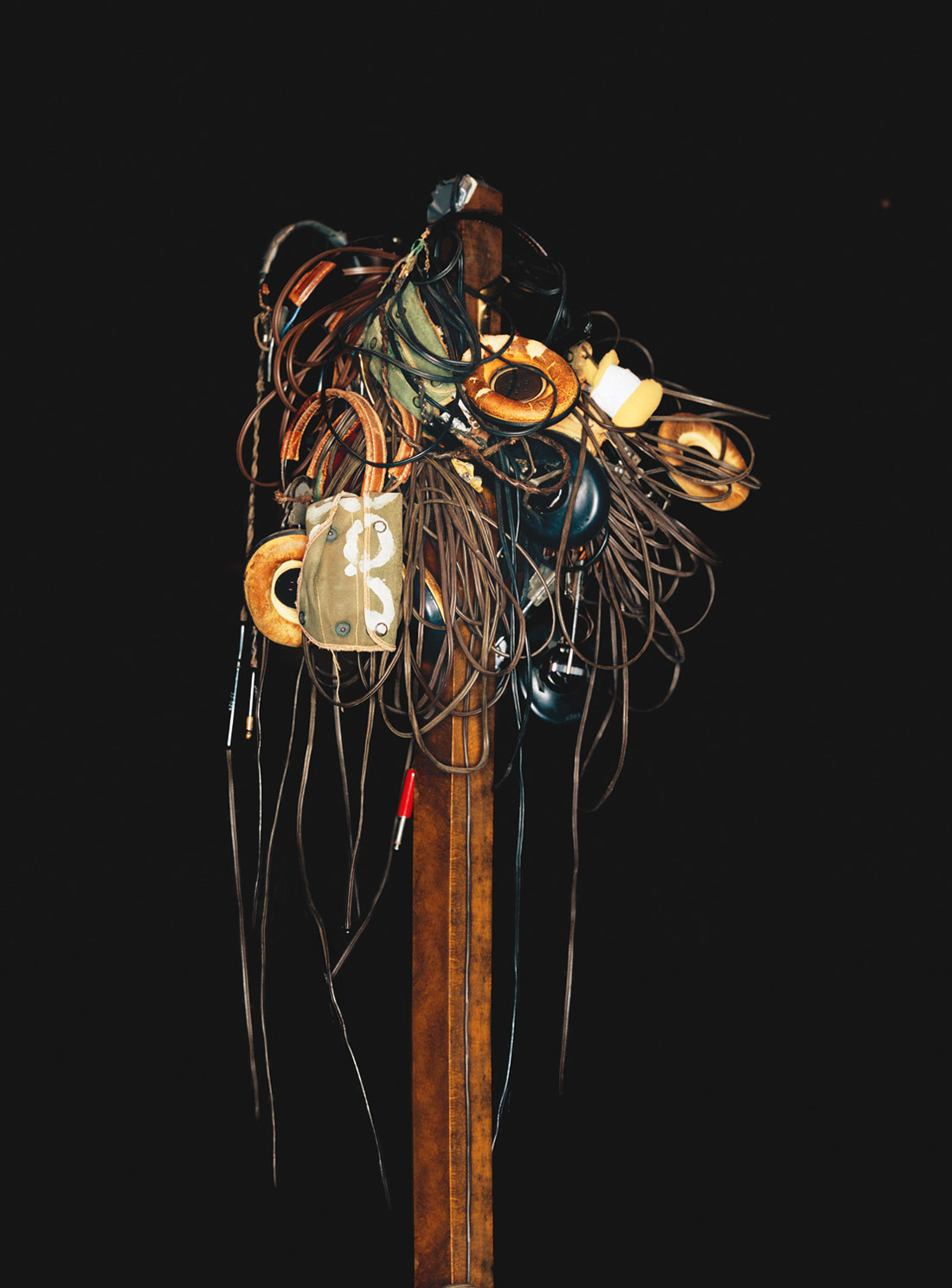Less than half the size of my iPod Touch 3G, Mikey 2G is the generation-2 model of Blue's Mikey external coincident stereo microphone. It works with most iPod models as well as iPhone 3GS and earlier. The product ships with a too-small black cloth pouch and a bilingual French/English printed user manual almost small enough to fit in the bag. Mikey 2G also comes with a free companion download, Blue FiRe, a simplified version of Audiofile Engineering's FiRe field-recording application. Blue FiRe includes an audio quick-start file, which walks you through the major features and functions while you play the file.
Using Mikey 2G is darn easy. Plug it into the Dock connector, launch the app, and start recording - though I found it best to shut down my iPod, plug in Mikey, start things back up, and launch Blue FiRe. After receiving the unit, I trotted over to the lovely Studio Trilogy, where co-owner Justin Lieberman and assistant Alex Knickerbocker had XY stereo pairs of Neumann KM 84 and Schoeps CMC 6 small-diaphragm condenser mics already set up in their big room. I brought along my pair of MCA SP1 mics (Tape Op #60), which combined, cost about the same as a Mikey. We patched all six mics into their API 1608 desk (#81), while I set up my iPod Touch 3G with Mikey 2G using an improvised mic clip. We enlisted Alex to play some wide, dynamic material, which I recorded through the Mikey to Blue FiRe at highest quality, 16-bit, 44.1 kHz. PT HD captured the other mics at the same time. Afterwards, we easily transferred the Mikey files over WiFi to the Mac using Blue FiRe's built-in FTP feature, then normalized and synched everything up in Pro Tools. By the way, Blue FiRe can export WAV, AIFF, and CAF files.
Listening back, we were frankly amazed at the timbre, clarity, and controlled directivity of the Mikey 2G. After some critical listening, we agreed that, believe it or not, Mikey's sound was closest to the Neumann's. Frequency response was very good and the amount of direct versus reflected pickup was just right. You can head to www.seneschal.net/blog and download all the files for your own critical listening.
Since this rant is about Mikey 2G, you may be wondering what's with Mikey "G1"? The original Mikey didn't have a line input, direct monitoring, or pass-through USB. The gain switch was hard to access, and the product didn't include any container. Some users complained about the gain settings as well. And the mic could only swivel 180 degrees, sometimes making placement difficult. All of these objections have been addressed in the current incarnation. The mount has eight detented positions, with a 230 degree total swing. The three fixed preamp gain settings are via a recessed slide switch that's easy to change but unlikely to get nudged accidentally. Blue has re-jiggered the gain staging, and I didn't have any issues with their choices. Morevoer, Blue made improvements on the sonics as well. One caveat is that Mikey 2G is attached to its host iPod only via the Dock connector, so be careful!
Mikey 2G delivered clean sound with amazing convenience and portability, at a nice price. If you're looking to capture high-quality audio on the go with your iPod or older model iPhone, Mikey is just the ticket. Check the Blue website for a list of compatible iPod and iPhone models. ($79 street; www.bluemic.com)
-OMas, www.seneschal.net




_disp_horizontal_bw.jpg)